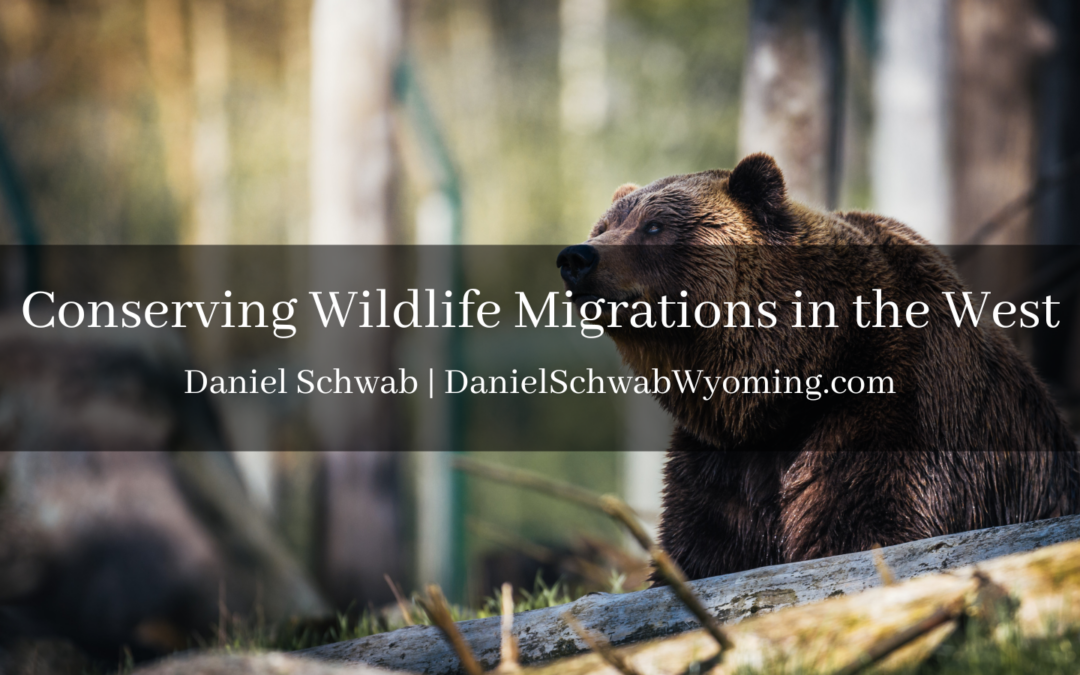With evolving technology and new research, scientists, conservationists, policymakers, and other stakeholders have a better understanding of how migratory behavior plays an important role in maintaining healthy and abundant ungulate populations, which provides significant benefits to humans.
The science of wildlife migration has advanced at a rapid pace over the past decade, although much remains to be learned about this phenomenon across the western U.S. Tens of thousands of data points now accumulate daily, adding to the knowledge about how and when deer, elk, pronghorn, and other large mammals move migrate.
This data provides the foundation for policy and management decisions at all levels of government that can best conserve migrating wildlife. By identifying the routes that animals use and the timing of their journeys, management strategies can be tailored to maintain ancient wildlife pathways.
Migrating wildlife face diverse challenges. Land use trends in the West, particularly in rural areas, almost always results in habitat loss and fragmentation, and because migration routes tend to span miles across multiple jurisdictions, stakeholders will need to create a range of solutions rather than a single tool. Fortunately, these solutions already exist. Some of them include conserving a given migration with a bridge across a highway, an exclusion zone for new energy development, or a county land use plan that incorporates wildlife movement areas.
The science is clear, and solutions exist. All that remains is for the various stakeholders to embrace those solutions. When established together, science and action can provide a bright future for migrating wildlife in the West.


